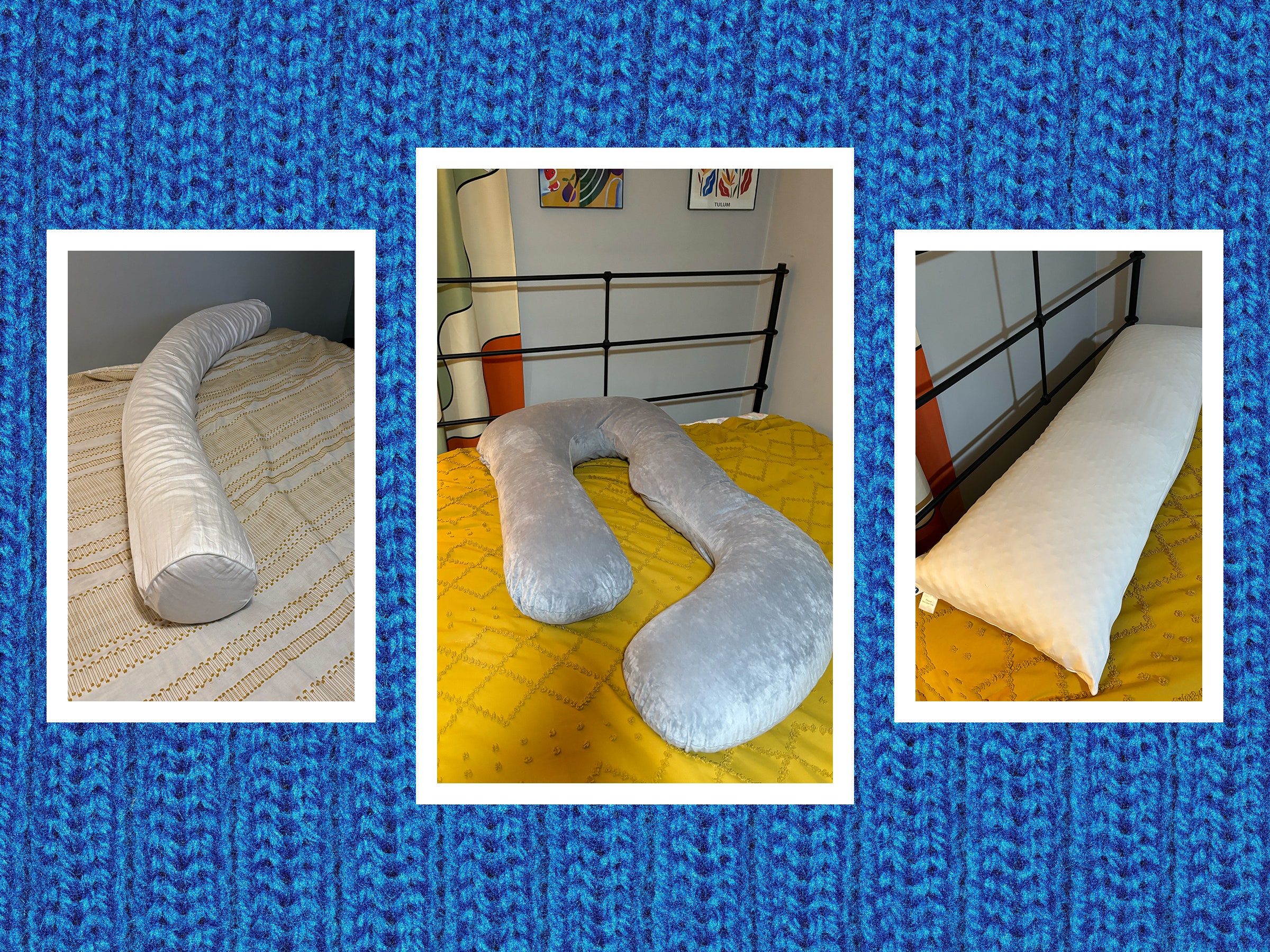Thermacell’s LIV Mosquito-Repellent System Is Effective but Expensive
So I have one of those unfortunate blood types that makes me extremely susceptible to mosquito bites. To give you a sense of how bad it is, I got attacked three times while installing the mosquito repellent system I’m reviewing here. Big, nasty, red welts that lingered for days.
I usually take extreme measures to avoid mosquitos, including topical products like OFF! and visits from a professional mosquito control company that sprays citronella all over my backyard every three weeks. Tragically, none of this has been of much help. For most of the summer, I look like Patient Zero for some kind of pox.
This summer I decided I’d had enough. Enter Thermacell’s LIV, an installed mosquito blocker system that can scale to fit your deck or yard, regardless of shape and size.
Invisible Force Field
LIV is not a mosquito-killing system—you’ll need zappers and poisons for that—but rather a repeller technology. It works based on a chemical called metofluthrin, which gives off a vapor that mosquitos apparently hate when heated. Metofluthrin isn’t unique to Thermacell; it’s also the active ingredient in OFF! mosquito lamps and wearable devices, among other products.
Photograph: Christopher Null
LIV is a wired system composed of two main components: a base station, called the Smart Hub, which calls the shots, and as many satellite Repellers as you need. The Smart Hub plugs into wall power and communicates via Wi-Fi with your home network. The Repellers are also wired, daisy-chained to the hub one after another via included cables.
If you’re imagining a low-voltage lighting system, you’re on the right track—only LIV isn’t quite as flexible. Each cable is a fixed 24 feet long—though shorter 10-foot cables are available as a separate purchase—since Repellers must be positioned about 20 feet away from one another. This is because the range of the vaporized metofluthrin is only 10 feet. With a ring of Repellers around your safe zone, you create an invisible anti-mosquito force field as a perimeter, with each Repeller’s coverage zone slightly overlapping.
Setup isn’t difficult, but it is time-consuming and requires some attention to detail. You may not have a lot of flexibility as to where to place the Smart Hub because it needs to reside near an electrical outlet and within the Wi-Fi range of your router—plus it has to be mounted on the wall. Since most homes have few exterior power outlets, finding the Goldilocks spot for the hub can be tricky.
Photograph: Christopher Null
The cabling system also adds a wrinkle to the mix. There’s only one outbound cable port on the Smart Hub, which means you can’t put the hub in the middle of the cable run, with Repellers on each side. Rather, all of your Repellers have to spread out in one direction—or you’ll have to double back at some point if you need to go both ways. Since cable length is fixed, that’s not an efficient solution.
It was ultimately easier for me to install two Smart Hubs, one with two Repellers attached and one with three. (Each Smart Hub can support a maximum of five Repellers.) The only alternative would have meant running a cable across an active concrete path, which is not ideal.
When setting up the Repellers, it soon becomes clear how small a 10-foot radius is—I had to get strategic about placement. I positioned Repellers as close to the deck chairs as possible, while necessarily leaving some corners of the pool uncovered. Without several additional Repellers and probably a third Smart Hub, I didn’t have much of an option to completely blanket my pool area.
Photograph: Christopher Null
The LIV wiring is thick and sturdy, each cable connecting to a pigtail on the underside of each Repeller. A second pigtail then connects to the outgoing wiring that leads to the next Repeller. The only challenging part of this connection involves the base. Repellers ship with a spike base designed for soft ground, but the massive spikes were too big for my shallow flowerbeds, and they bottomed out before I could get the Repeller flush with the ground. A wide hardscape base and a base that can attach vertically to a wall are available, but these are sold separately ($18 each). I used the hardscape base for most of my Repellers, which worked well.
Once the Repeller is in place and wired up, just pop the lid off, where you’ll find a clip onto which one of Thermacell’s chemical consumable units attaches. These slide in easily, and need no further maintenance until they expire (after about 100 hours of running time).
With the Repellers situated and the cabling run from one to the next, the hardest part of the process awaits: burying the cable. I spent close to an hour digging trenches to hide the cabling from view, but the finished product was worth it. The tough, die-cast aluminum Repellers look pretty good on their own—a lot like landscape lighting units that are turned off—though the Repellers have kicky blue status LEDs to let you know when the system is fully operational.
Ward Off
I didn’t encounter any significant problems with the electronic portion of the setup. The LIV+ app located each Smart Hub quickly and bridged them to my Wi-Fi network, and I could turn the Smart Hubs on or off with a quick tap. Even the unit I located well behind the house, alongside pool equipment and behind a stone wall, rarely had trouble communicating with the Wi-Fi inside. Only once during several months of testing did the hub fail to respond to commands due to a Wi-Fi disconnect. There’s not much to the app, though you can customize the LEDs that ring the Repellers to some extent and set up various schedules and timers.
Photograph: Christopher Null via LIV+ app
The notification system, unfortunately, didn’t work for me; you’re supposed to be able to configure push notifications to alert you when the system is warmed up or left running for a certain length of time. That sounds handy because I often forgot to turn the system off, but these notifications never arrived no matter how I tweaked the settings in the app and iOS. The LIV+ app works great with Alexa though. It’s handy to turn the system on and off via voice (especially since it takes about 15 minutes to warm up)—and tie it to other automations that shut it down after I head back inside. (There’s also Google Home support.)
The big question is: How well does it work? The short answer? Very well, but not perfectly. By and large, I had fewer mosquito bites this summer after installing the LIV system than before and it worked better than the citronella spraying. That spraying, at $140 per treatment, was only good at getting rid of mosquitos for about 48 hours. The remaining 19 days of the cycle would be open season on my tender skin.
But LIV isn’t perfect. On some hot nights, even sitting a few feet away from a Repeller, a brave mosquito would make it through the defense system, lured by the promise of some tasty A-positive blood. I typically recorded two or three bites per week throughout the summer, depending on the level of outdoor activity. But that’s much better than I’ve previously experienced.
Photograph: Christopher Null
The only serious issue I had with LIV came when I was moving some Repellers around after installation. I failed to realize that the chemical units inside the Repellers are open at the top, which means that if you tip the Repeller to the side, it can spill. Not only is this expensive—a set of six “large” 100-hour refills costs $250—there’s also a toxicity question. Although the US EPA says metofluthrin is harmless to people, Canada notes it is highly toxic to fish and bees.
Well, I spilled some on my hand and didn’t wash it off right away—after which those parts of my hand essentially “fell asleep”—that pins and needles feeling—for the next two days. This was alarming to the point where I now wear rubber gloves when interacting with the LIV system, and I recommend you do the same.
LIV is also not cheap. À la carte, each Smart Hub is $189 and each Repeller is $169. Mounts cost extra and chemical refills are pricey, as noted above. You don’t save anything by buying a bundle: A kit of one hub and three Repellers is $799. My system, as configured, costs $1,313. That’s a lot, but put another way, that’s about six months’ worth of mosquito spraying that was far less impactful. But I made it through the season without getting Zika, so I’ll mark that down as a win.




